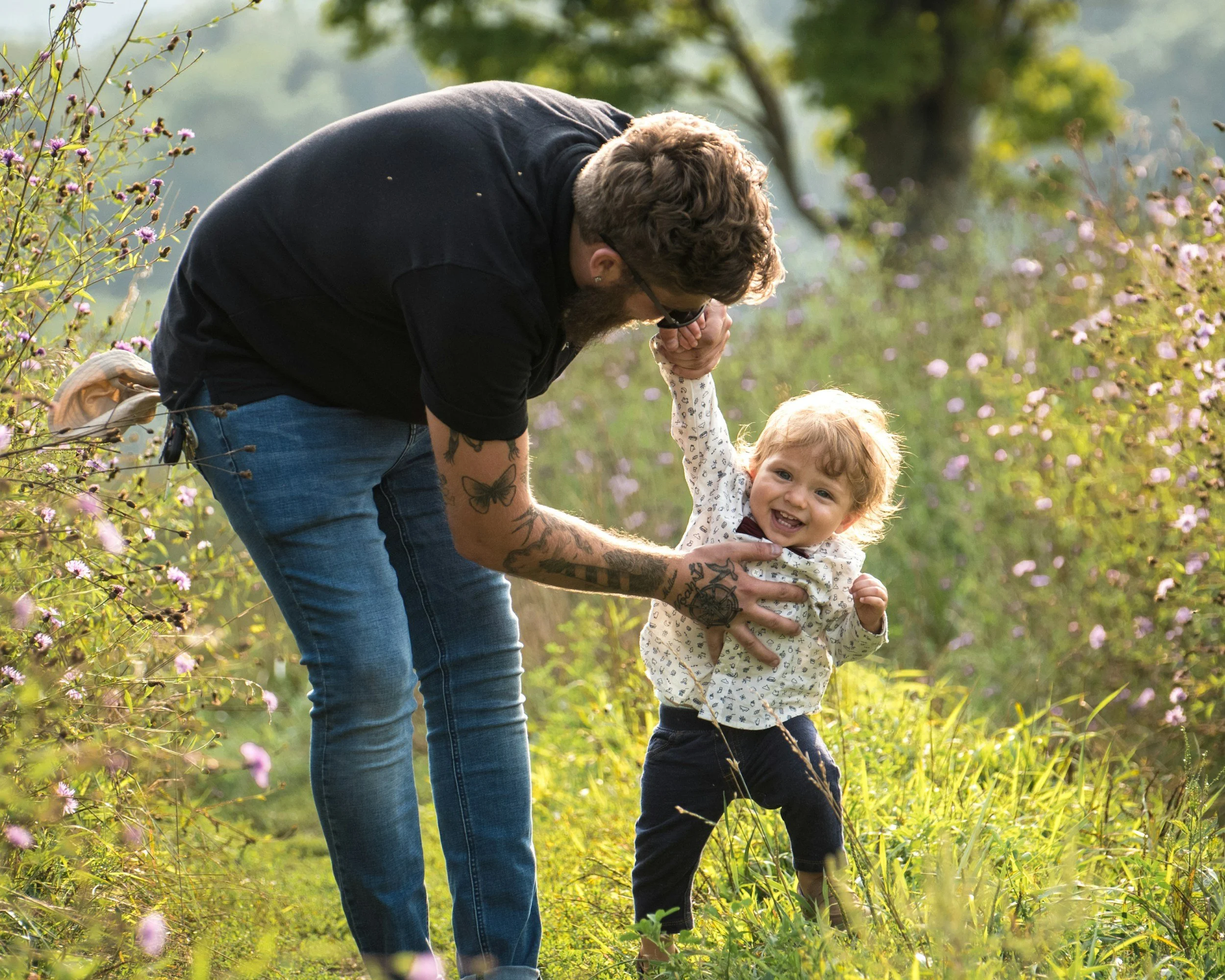P- Protective Environments that change the social and physical environment and reduce risk
Strengths
60% of respondents said that Gay Straight Alliances are supported and active in schools and reduce risk of sexual violence in schools.
Workplaces in the health care sector and community or social service agencies were rated more positively than business, manufacturing and service industry sectors for their use of policies, protocols, training and complaint procedures to reduce the risk of sexual violence and harassment in the workplace.
Over half of respondents (55%) said their workplace has sexual violence and harassment policies and procedures in place. 38% said that their workplace has a formal complaint process. ‘We are a close-knit team of two families. I will bring this up at our next meeting. Thanks!’
‘Community officers, when they were in the schools, helped teachers educate students about consent and sexual assault.’
‘Awareness is certainly taught, but skills are lacking. Early social skills training on how to deal with anger, frustration, and sexuality need to be taught for both girls and boys.’ (survey participant)
Weaknesses
There were low levels of awareness about protective approaches to reduce risk of sexual violence in Grey Bruce schools (such as designated safe spaces for students, trained staff, protocols for responding to SV when it happens, educated students, staff and student leadership support for non violent and respectful relationships).
Only 12% of respondents were aware of staff monitoring ‘hot spots’ for sexual harassment or violence as identified by students. ‘Safe spaces needs to be a priority in all schools.’ ‘A grade 8 girl in my son’s class was sexually assaulted by a classmate on the bus during a bus trip. The parents and teachers were at the front of the bus talking. The principal’s response was to ban future grade 8 trips instead of stepping up and admitting that they seriously failed in supervising and protecting.’
Most respondents (50 – 95%) don’t know how well workplaces are using policies, training, complaint procedures and management commitment to reduce the risk of sexual violence and harassment.
Although over 33% of respondents said their workplace has SV and harassment policies only 26% said employees get regular training and updates on these policies, and only 24% said their workplace uses these policies and procedures to reduce the risk of SV and harassment
69% of respondents rated the criminal justice system response to sexual violence in Grey Bruce as poor (44.5%) or fair (24.4%). ‘The criminal justice system is designed for other types of crimes, and not well suited for emotionally devastating incidents such as sexual violence.’
‘My work has policies and procedures written out, but as a company of 60 employees, we do not have an HR person to deal with anything. Everything is swept under the rug and those who speak up about it are reprimanded for doing so.’ (survey participant)
Discussion
There is evidence that the creation of protective community environments can support population-level reductions in SV. Three approaches that show promise are: improving safety and monitoring in schools, establishing and applying workplace policies, and using environmental approaches, for example changing laws, enforcing laws, and/or increasing social controls to prevent SV. These approaches can increase feelings of safety at school, workplaces and in communities, reduce bullying and sexual harassment and reduce rates of SV in communities.
The survey response notes that there are some practices and policies in place in schools and workplaces that support protective community environments in place but that the implementation and awareness of these approaches is uneven. Overall there was a call for more awareness and training about how to use protective measures in schools, workplaces and communities. There was considerable interest in learning more about protective measures expressed by survey participants.
The implementation of school and workplaces policies to prevent sexual violence was considered low by most participants. The criminal justice system response to SV was rated in the poor to fair range, which can have an impact on deterring SV and feelings of safety or protection in communities. Police work with teachers within the schools system, helping to teach SV prevention and about consent was seen as positive and protective and consideration could be given to re establishing this collaboration.
-
Caring adults have a powerful role to play in teaching young people how to prevent sexual violence. Do you know someone who teaches this effectively? What works for them?
-
What are you going to do to raise awareness about sexual violence in Grey and Bruce counties? How we can expand the conversation?

STOP Sexual Violence in Grey Bruce
REPORT & RECOMMENDATIONS FROM THE 2018 STOP SV COMMUNITY SURVEY
Click on the links to learn more!


